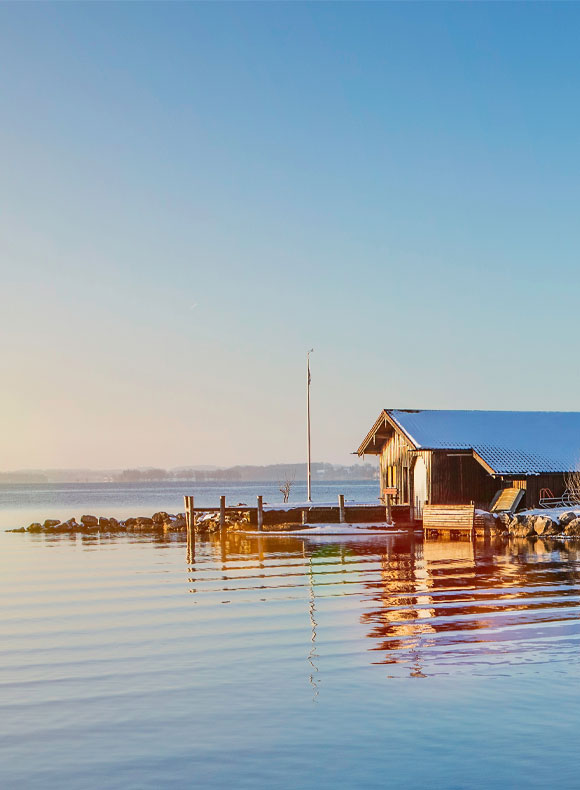If you own property on a lake or river in northern Michigan, whether it’s a full-time home or a seasonal property, you need to know your riparian rights.
To help you have a better understanding of your protections, we’ve put together answers to a list of common questions we receive about owning land on one of our beautiful up-north lakes, rivers and streams.
These answers will give you a good starting point before contacting Dingeman & Dancer with any riparian rights-related cases.
What Are Riparian Rights?
Simply put, riparian rights are the rights given to waterfront property owners. These rights are divided into two categories of coverage: submerged land and surface rights.
Submerged land rights dictate things such as where docks and boat hoists can be installed. Surface rights outline who can use the surface of the water for activities like swimming and boating.
How to Determine Riparian Rights in Michigan:
In Michigan, there are two methods used to determine the property lines for submerged land and surface water usage. The first is called “the pie method.” For bodies of water that are nearly circular, a center point is identified and property lines are then established reaching from the center point to the non-submerged property lines.
However, bodies of water are rarely perfectly round. “The thread line method” establishes riparian property lines by connecting to a center line along the middle point of the water. This is usually the method used, due to the shape of most northern Michigan lakes.
Can Riparian Rights Be Sold?
Riparian rights are attached to the property adjacent to a body of water. Under Michigan law, riparian rights may not be separated from the associated property. When you sell your property, the riparian rights will be transferred to the new owner.
Riparian water rights help waterfront property owners. Knowing your rights will protect your property from encroachment and other violations.

What Are the Riparian Lake Rights of Seasonal Dock Placement in Michigan?
If you are the property owner (riparian rights holder), you may put a dock anchored into the submerged land adjacent to your dryland property. However, the dock must be fully anchored on your property and only yours. It’s important to identify your submerged property lines before installing your dock to ensure you don’t violate the rights of one of your neighbors.
Additional Information:
Are Lake Michigan Riparian Rights Different from Inland Lakes?
Yes, riparian rights for property owners along the Great Lakes differ from those of inland lakes. The Great Lakes are considered public resources and access to the surface waters of the Great Lakes is open to public usage.
The public is allowed to boat and kayak through the waters of the Great Lakes, and individuals are allowed to walk below the normal high-water line, even on private property. The public is not allowed to lay down their towels or set up a picnic, but they can’t be stopped from walking along the beach line.
How Do I Find a Riparian Law Attorney in Michigan?
With over 30 years of experience in waterfront property law, Dingeman & Dancer, PLC is the top choice in Michigan riparian rights representation. Understand and defend your riparian or littoral rights.
When you call us, you get us. Call 800-626-0050 or request an appointment online.
